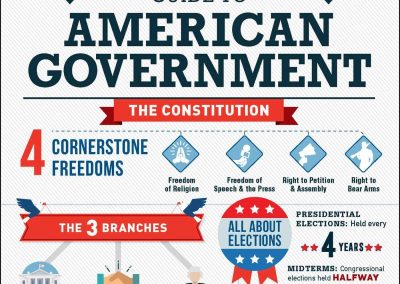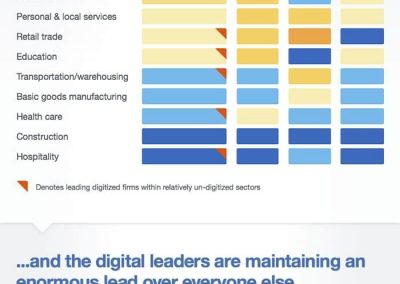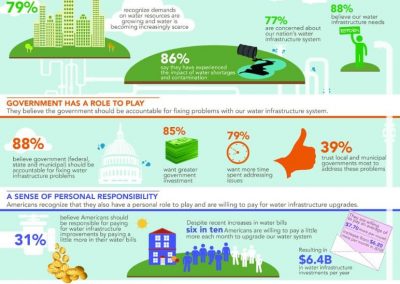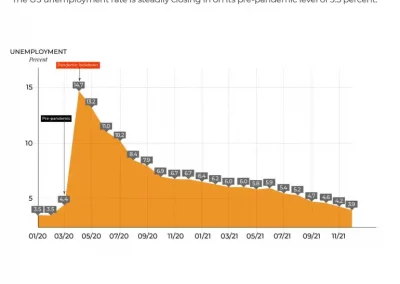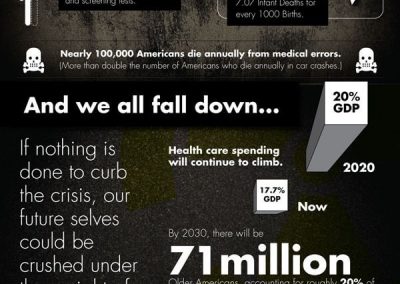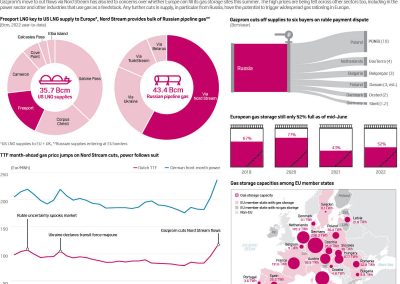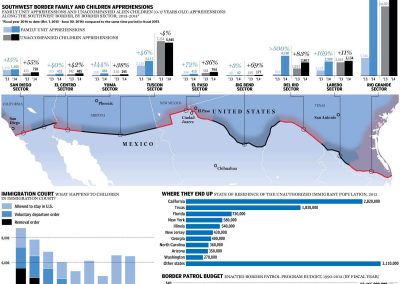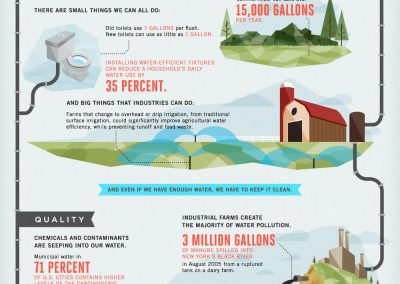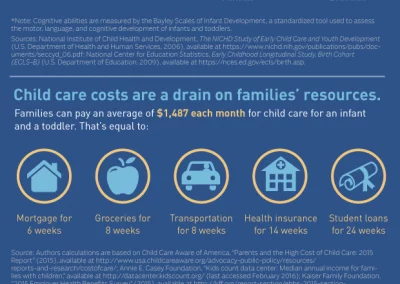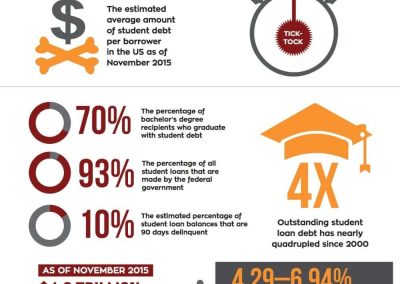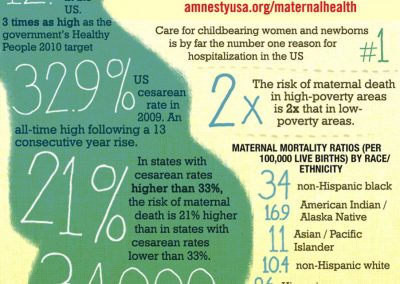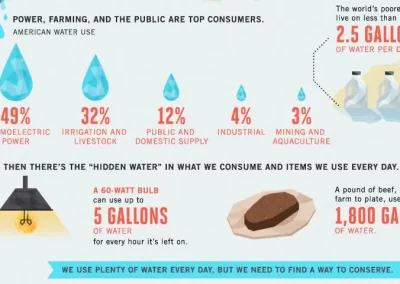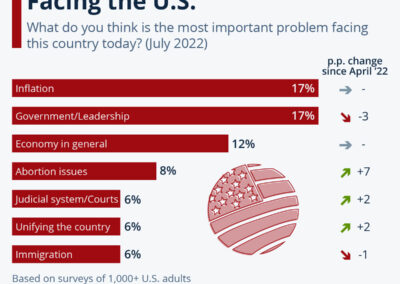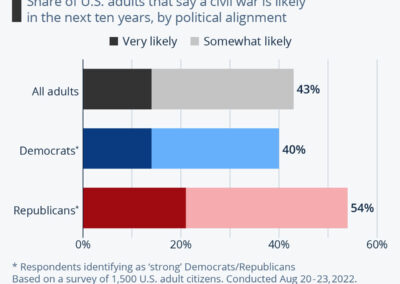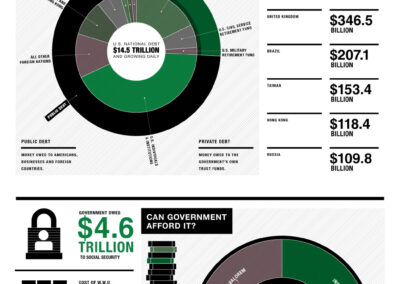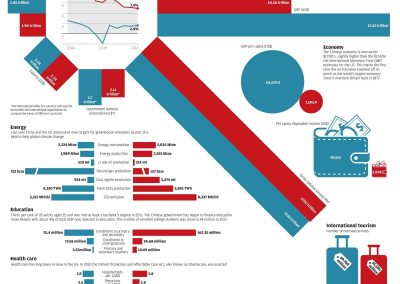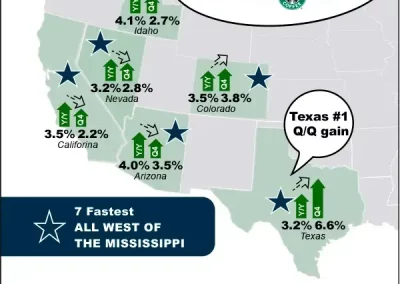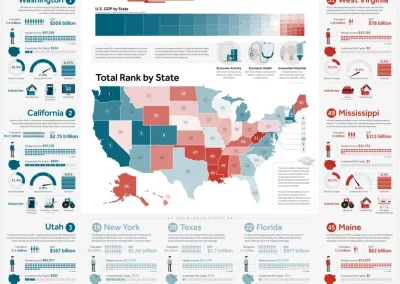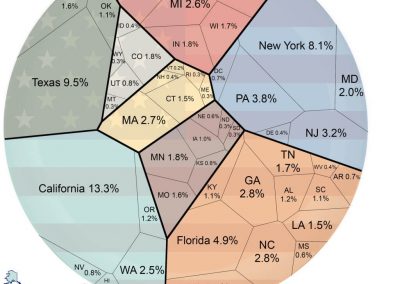1. United States strategies
The United States of America (U.S.A. or USA), commonly known as the United States (U.S. or US) or America, is a transcontinental country located primarily in North America.
The United States is a beacon of freedom and democracy and has long been considered the leader of the free world. Its people are known for their entrepreneurial spirit, innovation, and hard work.
However, the U.S. also faces its share of challenges, such as income inequality and racial disparities.
Education for all and transparent governance to reduce corruption are essential tools for achieving lasting change in the U.S.
_____
References: Country cases where national plans were followed to achieve social transformation.
Canada is a federal parliamentary democracy that has achieved significant social and economic development through sustained national policies. One of its most notable achievements is its strong healthcare system, which provides universal coverage to all citizens. This system was established in the 1960s and has been consistently improved over time. Canada has also made significant progress in reducing poverty and improving education, particularly in the 1980s and 1990s.
Sweden is a parliamentary democracy that has achieved significant social and economic development through sustained national policies. Its welfare state, which was established in the mid-20th century, provides universal healthcare, education, and social security. Sweden has also implemented policies to reduce income inequality and promote gender equality. These policies were implemented mostly in the 1960s and 1970s.

Selected Infographics
Click on any image to enlarge.
At the bottom of the description under each image, you may “click to source location”.
General Information
A Guide to American Government
In America, there are four cornerstone freedoms: freedom of religion, freedom of speech and the press, right to petition and assembly, and right to bear arms. (Click to source location.) (by Carissa Lytle and Jara Kern)
The Accelerating Digitization of the US Economy
Digitization now touches up to 98% of the economy. By 2025, digitization could contribute at least $2 trillion to annual US GDP. (Click to source location.) (by Mckinsey Global Institute)
The Value of Water: Americans in the U.S. Water Crisis
Growing populations, rapid urbanization, and chronic underinvestment are putting pressure on our nation’s aging water infrastructure. (Click to source location.) (by xylem)
The U.S.- Mexico Border Economy In Transition
Each day, 465,000 people enter the U.S. through the ports of entry at the southern border, accounting for nearly a million total crossings. (Click to source location.) (by Wilson Center: Mexico Institute)
United States: Unemployment rate
The US unemployment rate is steadily closing in on its pre-pandemic level of 3.5 percent. (Click to source location.) (by Al Jazeera’s AJ Labs, src: Bureau of Labor Statistics (BLS))
Which U.S. generation holds the most political power?
Visual Capitalist’s inaugural Generational Power Index (GPI) Report 2021 uncovers which generation wields the most political power and influence over American society. (Click to source location.) (designed by Rosey Eason and Pernia Jamshed, src: Visual Capitalist Generational Power Index 2021)
Crises
The American Health Care Crisis
In 2011, U.S. health care expenditures amounted to $2.7 trillions, which is 17.7% of its national GDP, and even so, nearly 100,000 Americans die annually from medical errors, and only 49% of adults receive recommended preventive care and screening tests. (Click to source location.) (presented by Medical Assistant Online)
Europe on brink of gas crisis as Russia squeezes market
The European gas market has tightened again following new supply disruptions. European gas prices have surged as a result, moving back closer to record highs seen in March in the immediate aftermath of Russia’s invasion of Ukraine. (Click to source location.) (presented by S&P Global, src: S&P Global, developed by Stuart Elliott, designed by Reynaldo Dizon)
The Dropout Crisis in America
Every 26 seconds a student drops out, that is 3,300 students per day, or 1.2 millions per year (Maine’s population). This means that 1 in 5 students in the U.S. will not graduate from high school. (Click to source location.) (by buildOn)
U.S. Border Crisis
U.S. President Barack Obama met the leaders of Honduras, El Salvador, and Guatemala in the White House Friday to talk about the waves of young children flooding into America from their countries. (Click to source location.) (by Mike Faille in National Post)
Not a Drop to Drink: America’s Very Real Water Crisis
Water quantity and quality should be a top issue for Americans. (Click to source location.) (by Column Five Media)
Out of reach: The child care crisis in the United States
Families across the United States are struggling. The high cost and potentially low quality of child care have made it out of reach for most families, impacting children’s earliest years of learning, families’ budgets, and economic growth. (Click to source location.) (by Center for American Progress)
Student Debt Crisis
The estimated average amount of student debt per borrower in the US as of November 2015 was an outstanding $28,000-$33,000. Similarly, $3,000 is the estimated amount of student debt accrued every second. (Click to source location.) (by Meghan French Dunbar in Socap Global)
The U.S. Maternal Health Care Crisis
In May 2011, Amnesty International launched a one year update to its groundbreaking report, Deadly Delivery: The Maternal Health Care Crisis in the USA. (Click to source location.) (by Amnesty International)
Overuse of water
The world’s poorest live on less than 2.5 gallons of water per day. Power, farming, and the public are top consumers. (Click to source location.) (by Column Five Media)
The Most Important Issues Facing the U.S.
What do you think is the most important problem facing this country today? (Click to source location.) (by statista, src: Gallup)
Is a U.S. Civil War on the Horizon?
Share of U.S. adults that say civil war is likely in the next ten years, by political alignment. (Click to source location.) (by statista, src: YouGov)
The American Debt Crisis
U.S. debt is nearly equal to the debt of all other governments of the world combined. Furthermore, the government borrowed at a rate of $41.5 million every second, in the past year. (Click to source location.) (created by obizmedia.com, brought by www.prozacbirthdefect.com)
GDP / Economy
A tale of two economies
The United States has had the world’s biggest economy for 140 years and accounts for roughly 22.44 percent of the gross world product. It remains top in nominal GDP but, in terms of purchasing power parity (PPP), the International Monetary Fund now ranks China as the world’s largest economy. (Click to source location.) (by South China Morning Post)
U.S. GDP Growth
In 2019, according to the Bureau of Labor Statistics (BLS), the fastest ‘real’ GDP change was in Washington, Idaho, Nevada, California, Arizona, Colorado, and Texas, whereas the slowest ‘real’ GDP change was in Montana, Iowa, Rhode Island, Delaware, Mississippi, Louisiana, and Hawaii. (Click to source location.) (by Alex Carrick, ConstructConnect*, src: Bureau of Labor Statistics (BLS))
America: An Economic Snapshot of Every U.S. State
As a global power, the country relies heavily on the individual performance of 50 states. (Click to source location.) (presented by Visual Capitalist)
The United States GDP
A comprehensive measure of U.S. economic activity. GDP measures the value of the final goods and services produced in the United States. (Click to source location.) (by howmuch.net)
Reference
Information sources
|
The following services base their opinions in reliable information: [ Mundo.Spain(r) ] – traffic # 830 [ ABC.Spain(site) ] – traffic # 1220 [ GreatBritain(site) ] – traffic # 70 [ Canada(r) **] – traffic # 1,120 [ France(r) ] – traffic # 39,700 [ U.S.Consulates(r) ] – traffic # 2,700 [ New York Times (r) ] – traffic # 80 [ CNN(r) ] – traffic # 70 |
[ Fox(site) ] – traffic # 220 [ CDC.USA(r) ] – traffic # 300 [ World Economic Forum(r) ] – traffic # 3,400 [ Healthline(r) ] – traffic # 250 [ WebMD(r) ] – traffic # 530 [ Mayo Clinic(r) ] – traffic # 870 [ Science/Research(r) ] – traffic # 125 [ MedicalScience(r) ] – traffic # 630
|

